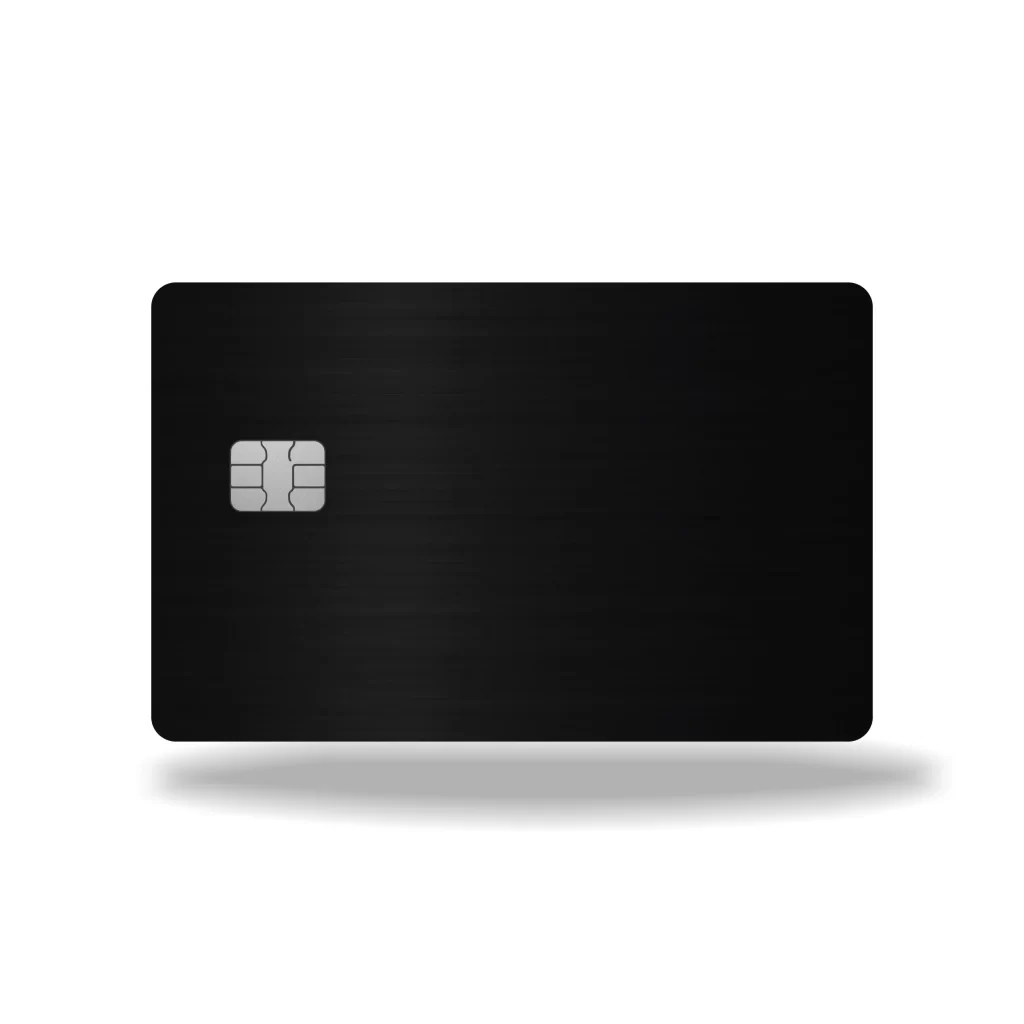How Thick Should Your Metal Credit Card Be?
Ever thought about how thick your metal credit card should actually be? It’s not just about looking cool or feeling hefty in your hand—there’s a little science (and a lot of practicality) behind picking the right thickness. Too thin, and you get a floppy, scratch-prone card. Too thick, and suddenly you’re wrestling with it at the ATM. Let’s break down what you need to know—without the jargon or endless walls of text.
What’s the Standard Thickness for Metal Credit Cards?
Most metal credit cards are about 24 to 30 mils thick (that’s 0.6 to 0.76 millimeters). For comparison, your regular plastic credit card sits right around 30 mils. Why this range? It’s a sweet spot where your card feels solid and premium, but still slides smoothly into card readers and wallets. To learn more about choosing the best metal card thickness for durability and usability, check out this detailed guide.
Quick facts:
– Metal cards: 24-30 mils (0.6-0.76 mm)
– Plastic cards: About 30 mils (0.76 mm)
Go much thinner and you risk bending or scratching. Go thicker and you might have trouble using the card or even fitting it in your wallet!
Does the Material Matter?
Oh, absolutely. The kind of metal your card is made from makes a big difference to how thick it should be.
Common Metals Used
– Stainless Steel: Strong and not super heavy. Lets you have a thinner card that won’t bend easily.
– Aluminum: Lightweight, so cards can be a bit thinner. But, they might not feel as sturdy as steel.
– Titanium or Other Alloys: Used for ultra-premium cards; these can be thinner and still tough as nails.

How Density Changes Thickness
– Denser metals = stronger, so you don’t need as much thickness.
– Lighter metals = might need to be a bit thicker for the same feel.
What About Fancy Designs?
Love engraved patterns or embossed logos? Thicker cards allow for deeper engravings without risking the card’s strength. But if you want super intricate, delicate designs, sometimes a slightly thinner card is better.
Durability vs. Flexibility: The Balancing Act
Thicker metal cards:
– Pros: Super durable, less likely to bend or scratch.
– Cons: Can feel stiff or bulky, might jam in some card readers.
Thinner metal cards:
– Pros: Easier to handle, more flexible, slides into readers and wallets with less fuss.
– Cons: More prone to bending or denting if you’re not careful.
Pro tip: Most people find that sticking close to the industry standard (0.76 mm) gives the best balance between sturdiness and ease of use.
Metal Cards vs. Plastic Cards
Let’s keep it simple:
| Metal Cards | Plastic Cards |
| Heavier, feel premium | Light and flexible |
| More durable | Prone to bending/cracks |
| May not fit all readers | Universally compatible |
| Wow-factor (great for branding) | Cheaper to replace |
Choose metal if you want that luxury feel and durability. Stick to plastic for lightweight convenience and universal compatibility.
What to Think About When Choosing Card Thickness
Here’s a checklist to help you decide:
– Durability: Will it stand up to daily use without getting trashed?
– Comfort: Does it feel good in your hand and wallet, or is it a pocket brick?
– Ease of Use: Will it fit smoothly in card readers and ATMs?
– Aesthetics: Do you want deep engravings or a sleeker look?
– Branding: Need space for logos or unique designs?
Tips for Keeping Your Metal Card Looking Sharp
– Clean it regularly with a soft cloth—mild soap if needed.
– Avoid harsh chemicals that could damage the finish.
– Use a card sleeve or holder to prevent scratches from keys and coins.
– Check for wear every so often—catching small scratches early helps.
– Don’t bend it or use it as a bottle opener, no matter how tempting!
The Bottom Line
When it comes to picking the perfect thickness for your metal credit card, aim for that industry standard: about 0.76 mm (30 mils). It’s thick enough to be tough, thin enough to be practical, and just right for showing off all those snazzy engravings.
Choose the metal and design that fits your style, and keep it clean and protected. Your wallet—and your sense of style—will thank you!
